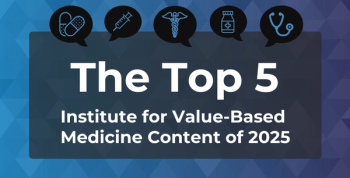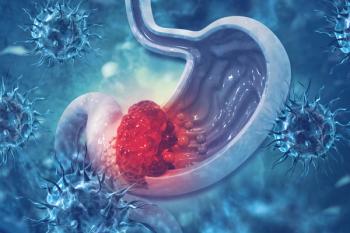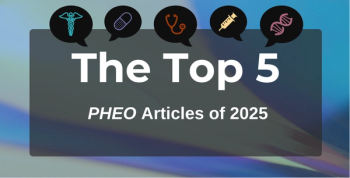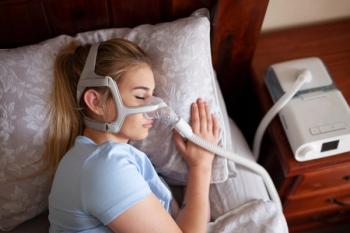
AI Can Help ECG Detect Atrial Fibrillation, Mayo Clinic Study Says
Mayo Clinic researchers trained artificial intelligence to pick up subtle differences in electrocardiograph readings to diagnose atrial fibrillation with 90% accuracy.
Artificial intelligence (AI) can detect atrial fibrillation during sinus rhythm, according to a new Mayo Clinic study published in The Lancet.1
Investigators developed an AI-enabled electrocardiograph (ECG) that used a convolutional neural network to detect electrocardiographic signature of atrial fibrillation during a normal sinus rhythm using a standard 10-second, 12-lead ECG. The AI was trained using previously available Mayo Clinic ECGs. All digitally available Mayo Clinic ECGs were randomly sorted into one of 3 groups: training, internal validation, and testing datasets.
Using about 450,000 ECGs stored by the Mayo Clinic, researchers trained AI to identify subtle differences in a normal ECG that would indicate changes in heart structure caused by atrial fibrillation. Researchers then tested the AI on normal-rhythm ECGs from a group of 36,280 patients, of whom 3051 had previously diagnosed atrial fibrillation. The AI-enabled ECG correctly identified the subtle patterns of atrial fibrillation (even if the heart rhythm was normal) with 90% accuracy. This can potentially improve the effectiveness of ECG screening, the researchers said.
Atrial fibrillation is considered a healthcare challenge and global pandemic, according to an accompanying editorial.2 It is common and often underdiagnosed. It’s also associated with an increased risk of stroke, heart failure and mortality. Atrial fibrillation is also historically difficult to screen for, as a single ECG has a low diagnostic yield. Prolonged monitoring to identify arrhythmia is often cumbersome and invasive.
The study marks an increased understanding of the capabilities of ECG technology and the future role AI might play in medicine. According to study author and Mayo Clinic cardiologist, Paul A. Friedman, MD, an ECG records much more information than previously acknowledged, and combined with a computer, can transform and enhance treatment.
“In summary, the addition of AI to a standard, widely available, inexpensive noninvasive test—the electrocardiogram—transforms it into a powerful (test) that can detect recent or impending atrial fibrillation, which may be useful to guide treatment to prevent strokes, heart failure and death,” Friedman said in an email to The American Journal of Managed Care®. “It does this due to the ability of the network to see subtle patterns in the network that are hidden in plain sight.”
Friedman notes that while AI can be useful, it is important not to rely on it completely. For Friedman, AI should be used to help you see, it shouldn’t be your eyes.
“AI is like a flashlight that helps you see at night—you still use your eyes, but you can see farther ahead to know what is coming,” Friedman said. “AI-enabled tools will do the same for physicians, enabling us to detect silent, impending or future disease by interpreting the previously invisible signals our bodies give off all of the time.”
Researchers acknowledged the limitations of their study; they said that patients were considered negative for atrial fibrillation if they did not have verified atrial fibrillation. However, it is likely that some patients were labeled incorrectly. In addition, researchers also believe that there may also be false positives if that patient had a history of atrial fibrillation even if they were classified as negative.
References
1. Attia ZI, Noseworthy PA, Lopez-Jimenez F, et al. An artificial intelligence-enabled ECG algorithm for the identification of patients with atrial fibrillation during sinus rhythm: a retrospective analysis of outcome prediction [published online August 1, 2019]. The Lancet. doi: 10.1016/S0140-6736(19)31721-0.
2. Hendriks JML, Fabritz L. AI can now identify atrial fibrillation through sinus rhythm. [published online August 1, 2019]. The Lancet. doi: 10.1016/S0140-6736(19)31719-2.
2.
Newsletter
Stay ahead of policy, cost, and value—subscribe to AJMC for expert insights at the intersection of clinical care and health economics.







































